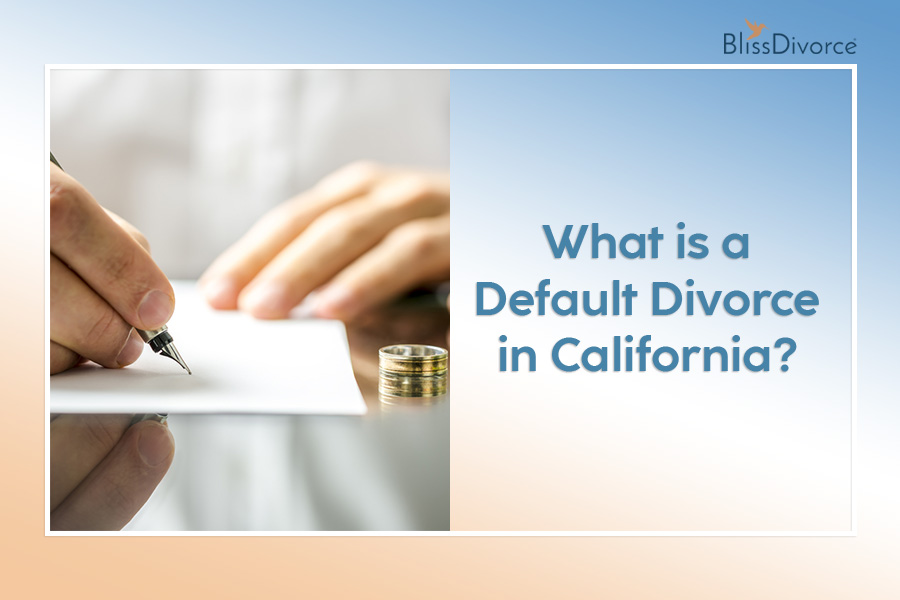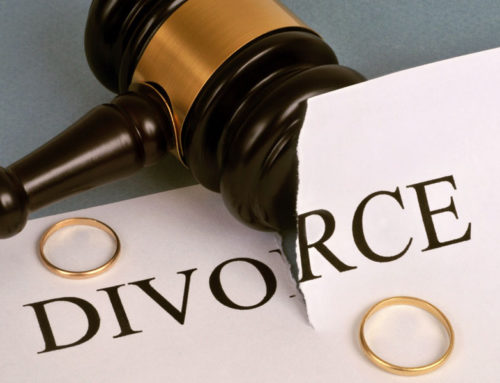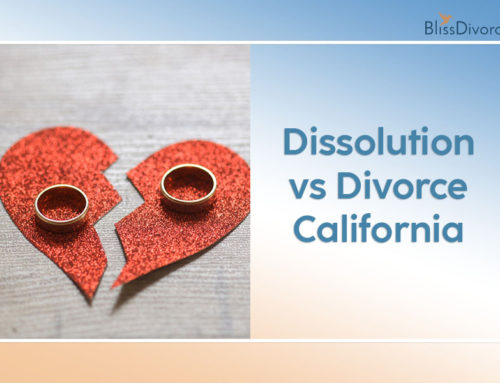Have you filed for a divorce, but your spouse refuses to cooperate? Worried you won’t be able to move forward with your divorce?
Unlike in the movies, you don’t have to wait for your spouse to sign divorce papers. If your spouse is unresponsive, you have the right to file for a default divorce and move forward without your spouse’s involvement.
So, what is a default divorce in California? Understanding what it entails is crucial for successfully navigating the dissolution of marriage in the Golden State. In this post, we will explain its specifics and outline the implications and considerations you need to be aware of when using default divorce in this state.
Understanding Default Divorce in California
Divorce is a significant life event that might impact many aspects of life, including emotional well-being and financial stability. In a typical divorce case, both spouses actively participate in the divorce.
Yet, if the respondent fails to respond within a specified timeframe for various reasons, the petitioner (the spouse who filed for divorce) can take another route – legally known as default divorce. But what does default divorce mean?
This process is governed by state laws and involves adhering to specific criteria and procedures. Understanding the default divorce process and its implications is crucial for everyone involved in the divorce.

Source: shutterstock.com / Photo Contributor: Gajus
Definition and criteria for default divorce
When one spouse files for divorce but the other one fails to respond within 30 days, the petitioner may file for default judgment, known as a default divorce. So, what happens at a default divorce hearing?
Defaulting in a divorce case means the respondent forfeits the right to participate in the legal proceedings and present their side of the case. Hence, the California divorce court may grant your requests for divorce terms without their input or objections.
To qualify for a default divorce, you must meet the residency requirements for a marriage dissolution in the state, such as being a state resident for at least six months and the county where you filed for divorce for at least three months.
Circumstances leading to default divorce
In California, some circumstances can lead to a default divorce. They can be the following:
- Failure to respond to divorce petition – If your spouse as a respondent fails to file a response within 30 days, you may proceed with default divorce proceedings.
- Absence of agreement or dispute resolution – A default divorce may also occur when you and your spouse cannot reach an agreement through mediation or other dispute resolution methods and they choose not to participate further in the process.
Process of Obtaining a Default Divorce in California
1. Filing the divorce petition
In California, the divorce process begins once the initiating spouse (the petitioner) files a Petition for Dissolution of Marriage with the court. This document states the grounds for divorce and the petitioner’s requirements on significant divorce matters.
Wondering how to file a default judgment for divorce in California? The process is the same as filing for a regular divorce. You need to file the necessary documentation, including petition and summons forms.The case cannot become a default divorce until the respondent fails to respond.
2. Serving the respondent
After the petitioner files for a divorce, they must serve the papers to the respondent. The petitioner must ensure the respondent’s divorce papers are correctly served according to California state laws.
3. Response period
Once served, the recipient has 30 days to file a response. If they fail to file a response within this timeline, the petitioner may proceed with the divorce proceedings by requesting a default judgment.
4. Requesting a default judgment
The petitioner may submit a request for default judgment to the divorce court. In California this request is made using form FL-165 (Request to Enter Default). Once you file form FL-165 your spouse can’t file a response without approval of the court.
Along with the Request to Enter Default, you will need to file a Proof of Service of Summons (form FL-115) and a Declaration Regarding Service of Declaration of Disclosure (form FL-141) with the court. You will need to file additional forms if you’re asking the court to divide community property or grant spousal support.
5. Court review
The California court in your county will review the request and ensure all requirements are met. If they approve the judgment, the divorce will be finalized, and the terms outlined in the requests will be enforced.
Legal Rights and Protections in Default Divorce
Although the respondent may have failed to respond to the divorce petition, they still have the right to contest the default judgment. This is possible by filing a motion to set aside the default judgment for a specific timeframe. As a respondent, you can do so on grounds like improper service of the divorce papers or excusable neglect (e.g. you inadvertently missed the 30-day deadline or there were intervening circumstances beyond your control).
Both you and your spouse have the right to seek modifications to default judgments under certain circumstances. They might include changes in financial circumstances or significant life events.
Advantages and Considerations of Default Divorce
Default divorce prevents your spouse from delaying the processes and reduces legal complexity
Default divorce offers a streamlined process for dissolving a marriage when one party is unresponsive. Thereby, it reduces the legal complexity and costs commonly associated with traditional contested divorces. It also allows the petitioner to move forward without lengthy court proceedings.
Potential challenges and limitations of default divorce
While such a divorce can be advantageous in certain situations, it has potential challenges and limitations. The respondent doesn’t actively participate in the divorce process, which may result in a one-sided resolution and imposed terms without their input. There is a risk that the default judgment may not accurately reflect their wishes or best interests regarding divorce issues.

Source: shutterstock.com / Photo Contributor: 4 PM production
Role of legal counsel and support in default divorce cases
Legal counsel has a crucial role in default divorce cases. These professionals will guide you through the divorce process, navigate the legal requirements, and address any challenges or disputes. They will advocate on your behalf in court and ensure your rights are protected.
Conclusion
What is a default divorce in California? This legal process allows the petitioner to proceed with the divorce when one spouse fails to respond to the initial petition within the specified timeframe. Whether you’re initiating a divorce or responding to one, understanding this process and seeking legal advice can help you successfully navigate the divorce proceedings.




